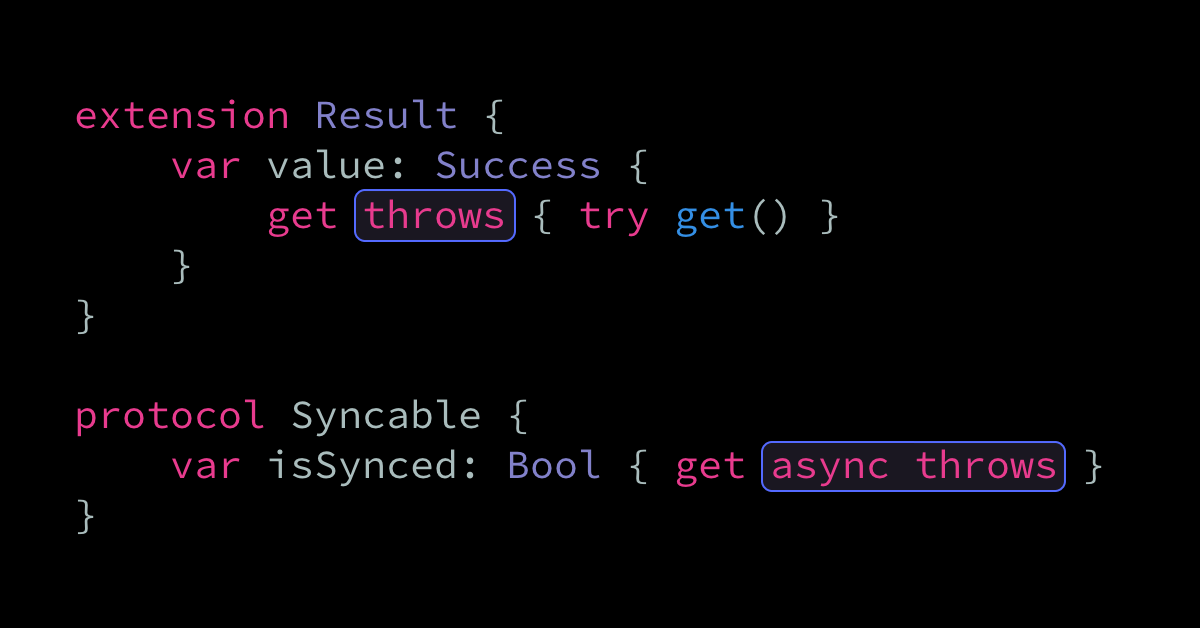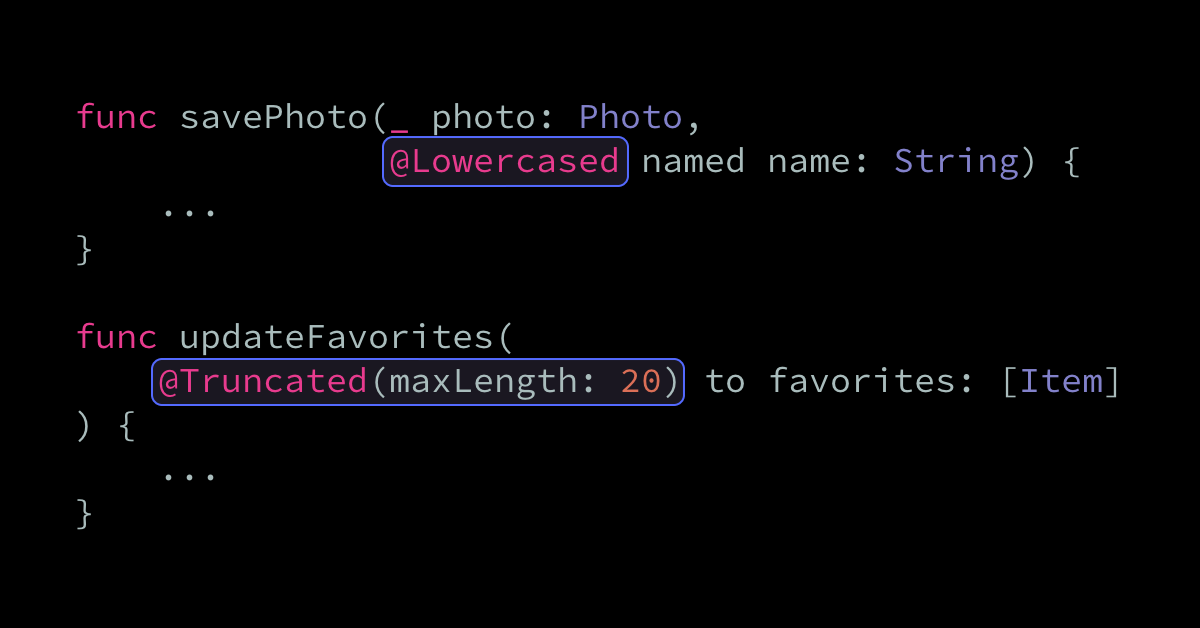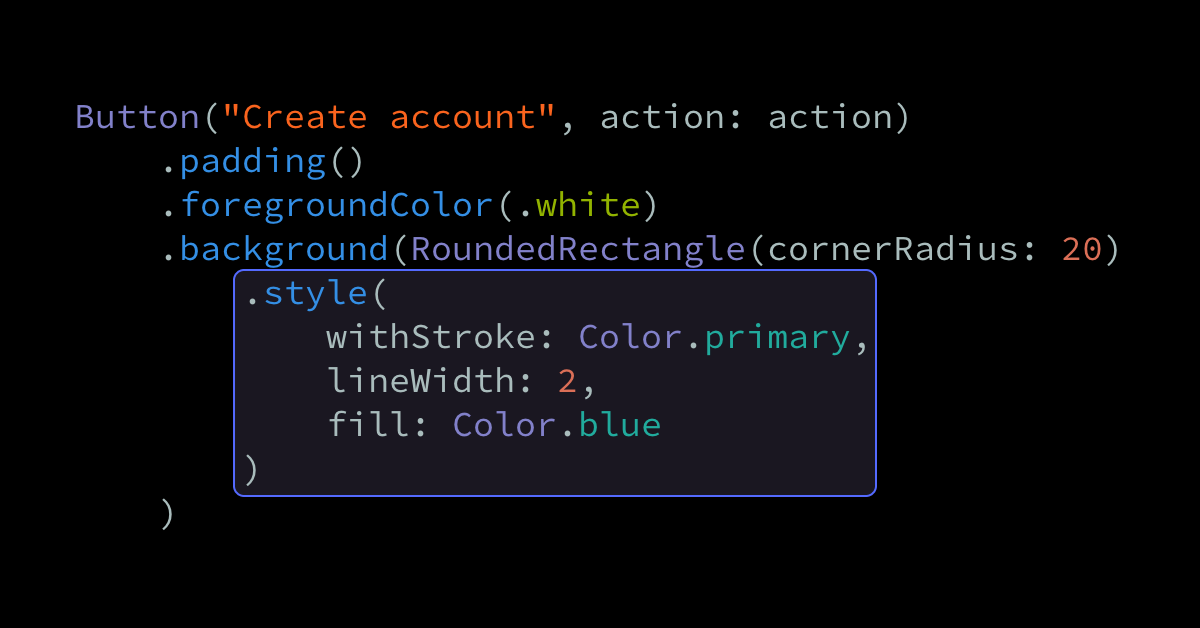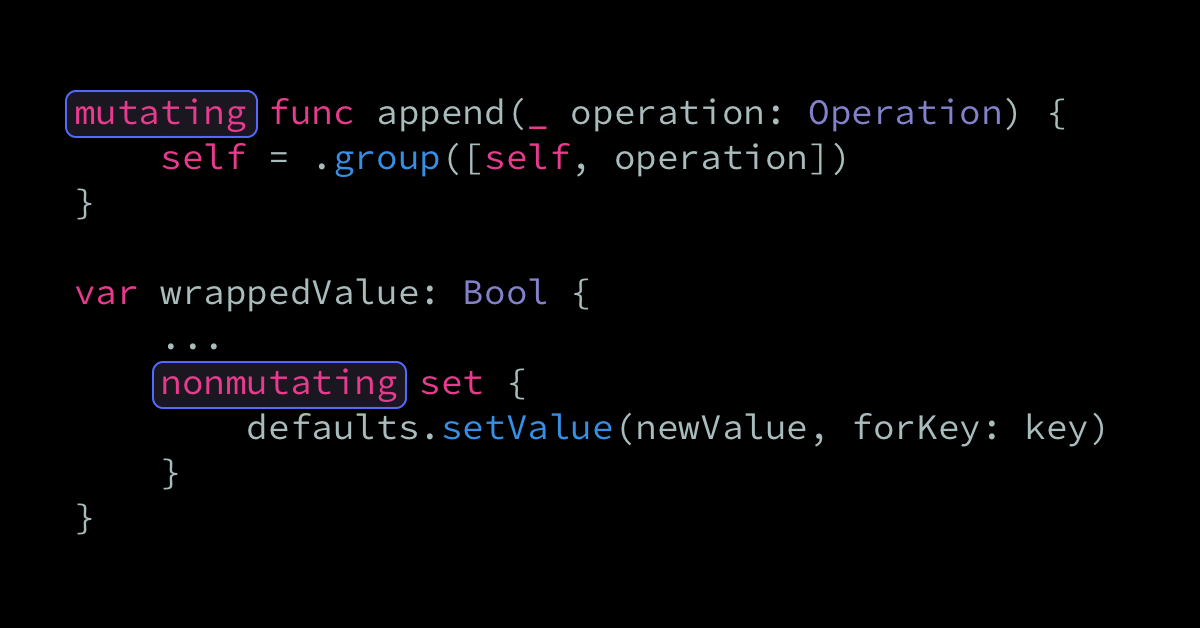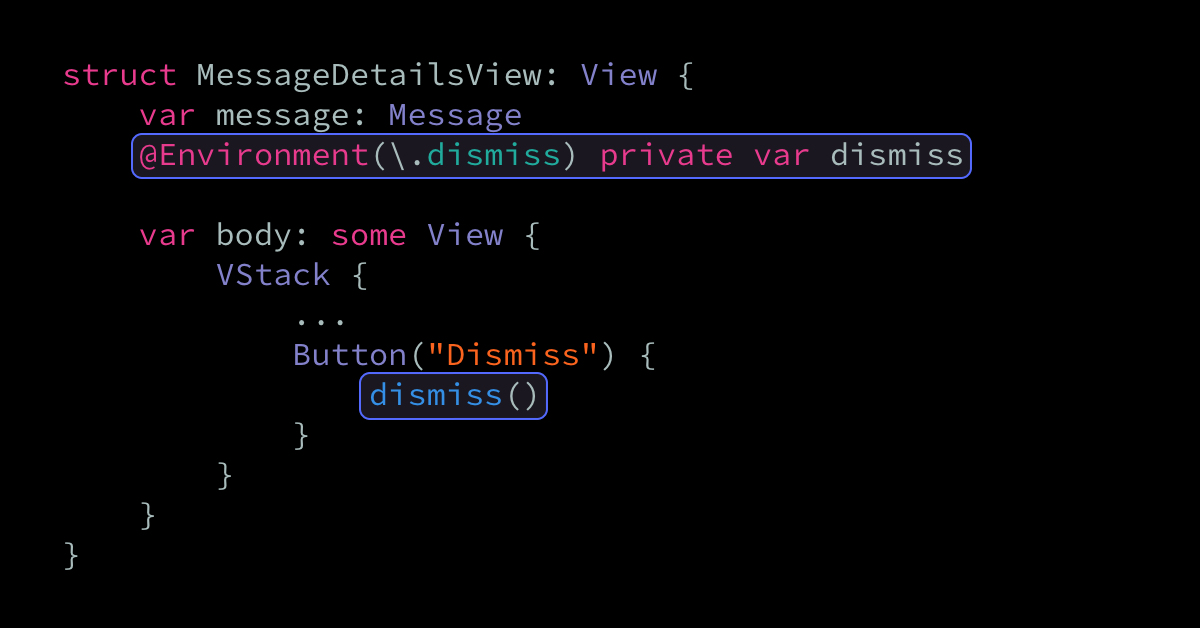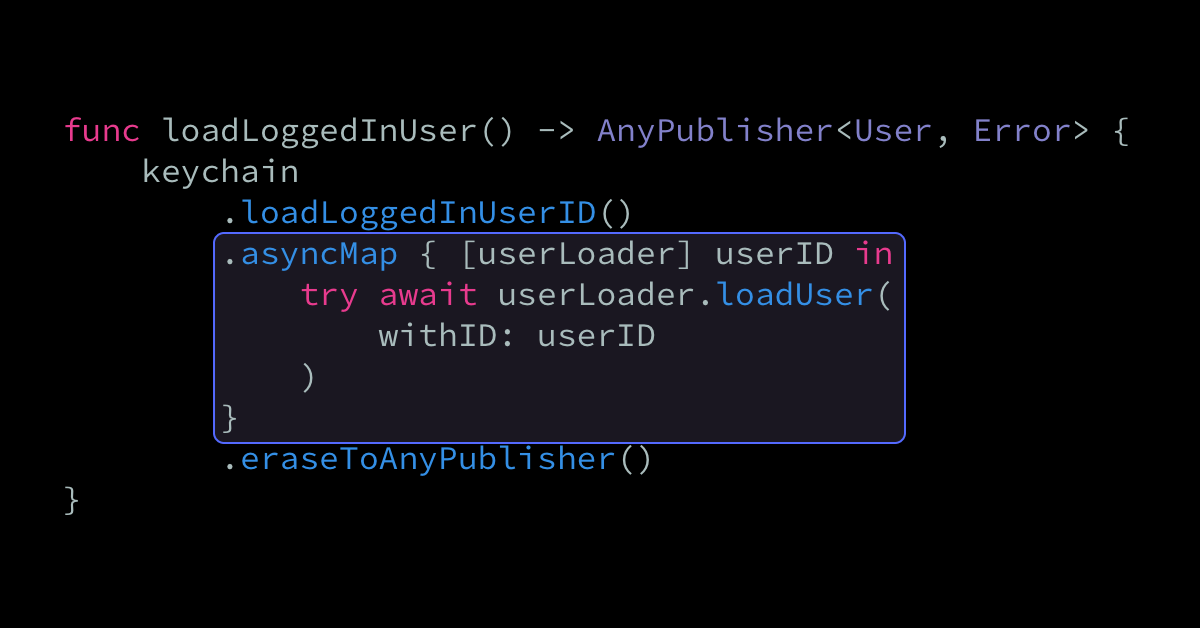Swift 5.5 introduces a new concept called “effectful read-only properties”, which essentially means that computed properties can now utilize control flow mechanisms like errors and async operations when computing their values. Let’s start by taking a look at how computed properties can now throw errors using Swift’s standard error handling mechanism. As an example, let’s […]
New in Swift 5.5: Property wrappers can now be applied directly to function arguments, just like how they can be used to add additional functionality to a property or local variable. For example, let’s say that an app that we’re working on contains a function that saves a Photo for a given name, and that […]
Malin Sundberg joins John to talk about her experiences of using SwiftUI to build and ship the time-tracking and invoicing app Orbit on most of Apple’s platforms, and what sort of things that can be good to keep in mind when using SwiftUI in a cross-platform context. Tower: Take advantage of Git’s powerful feature set […]
One really powerful aspect of SwiftUI’s overall API is that it enables us to draw things like shapes, gradients, and colors the same way that we render views and UI controls. For example, if we wanted to render a button shaped as a rounded rectangle, then we could do so by assigning a RoundedRectangle shape […]
One of the ways in which Swift helps us write more robust code is through its concept of value types, which limit the way that state can be shared across API boundaries. That’s because, when using value types, all mutations are (by default) only performed to local copies of the values that we’re working with, […]
Thanks a lot to the team behind the visual regular expressions editor ViRE for sponsoring Swift by Sundell over the past two weeks, enabling me to keep delivering a continuous stream of Swift articles completely for free. I’ll be honest, I’ve never been a huge fan of working with regular expressions as raw strings. I […]
Chris Lattner returns to the show to discuss Swift’s new concurrency features, the ongoing evolution of the language, and the importance of both language and API design. This, and much more, on this special 100th episode of the show. Bitrise: Rock-solid continuous integration for your Swift project, which now offers 50% faster builds and ad-ons […]
When building iOS and Mac apps, it’s very common to want to present certain views either modally, or by pushing them onto the current navigation stack. For example, here we’re presenting a MessageDetailView as a modal, using SwiftUI’s built-in sheet modifier in combination with a local @State property that keeps track of whether the detail […]
When starting to adopt Swift’s new async/await feature, we’re likely going to have to find ways to connect and bridge that pattern to any existing asynchronous code that we’ve already written within a given project. Earlier this week, we took a look at how that can be done when it comes to completion handler-based APIs, […]
At WWDC21, Apple introduced a new SwiftUI API that enables us to attach refresh actions to any view, which in turn now gives us native support for the very popular pull-to-refresh mechanism. Let’s take a look at how this new API works, and how it also enables us to build completely custom refreshing logic as […]
